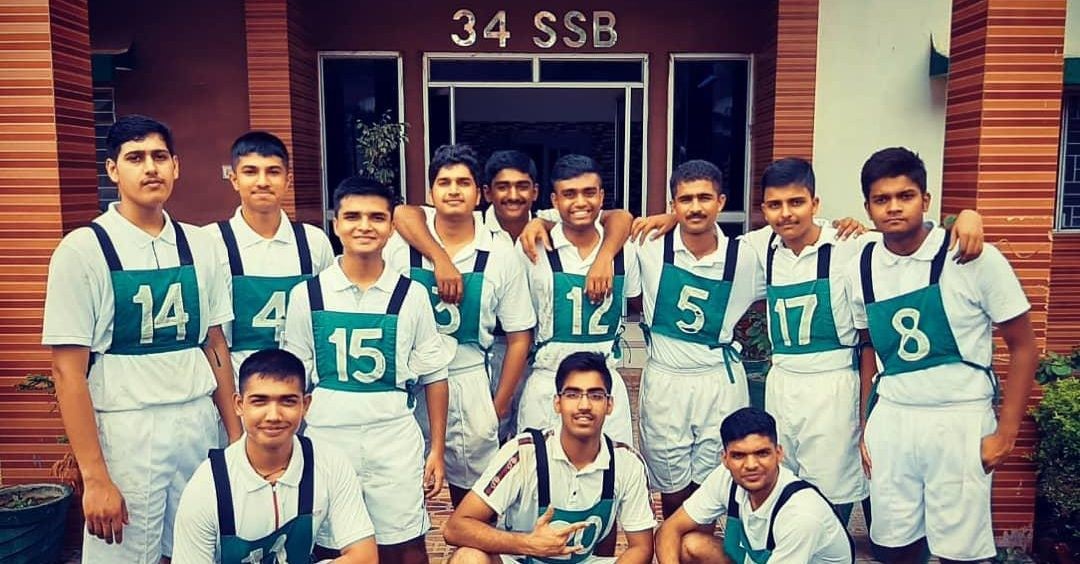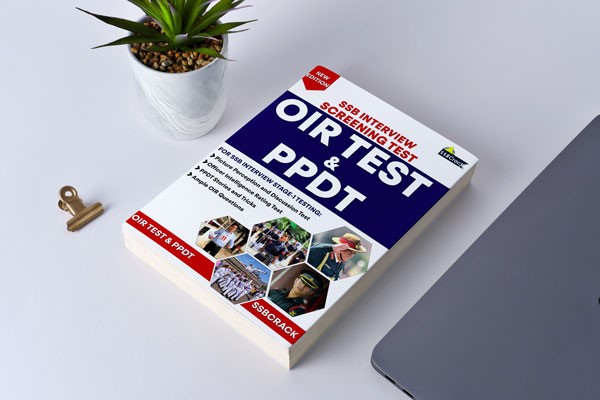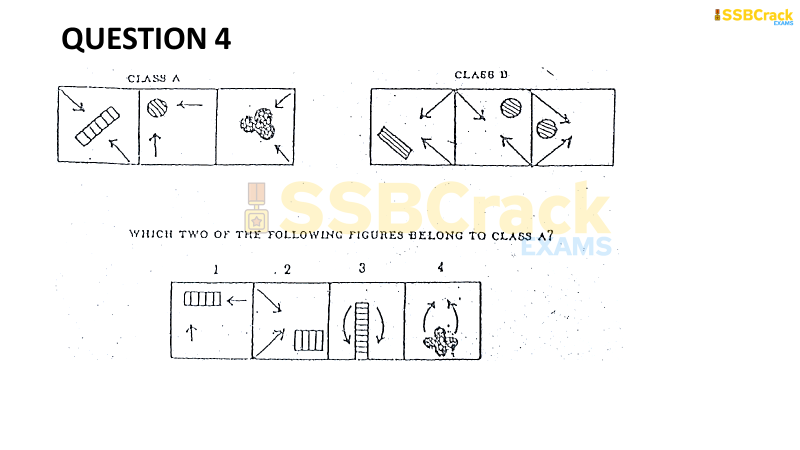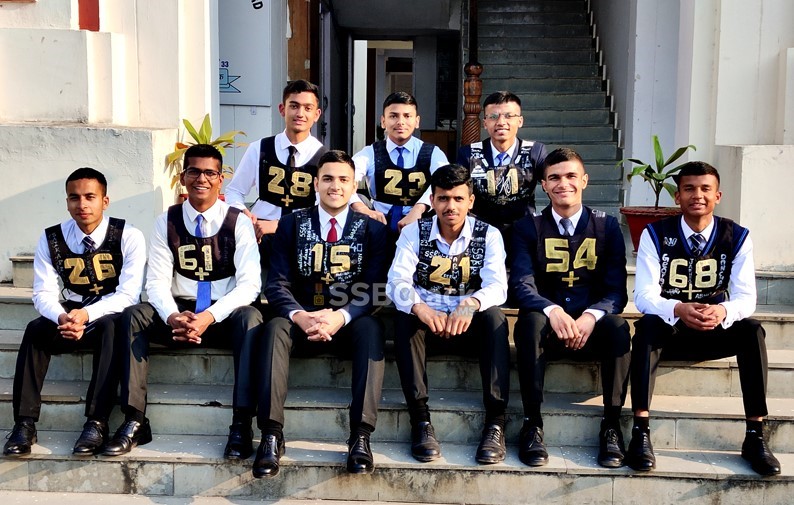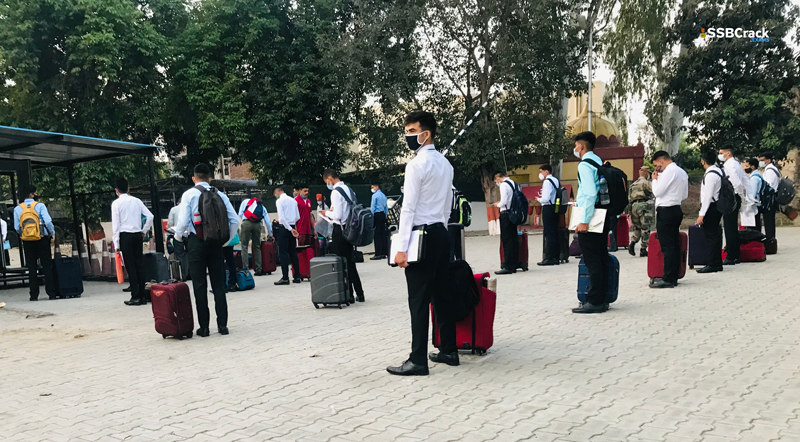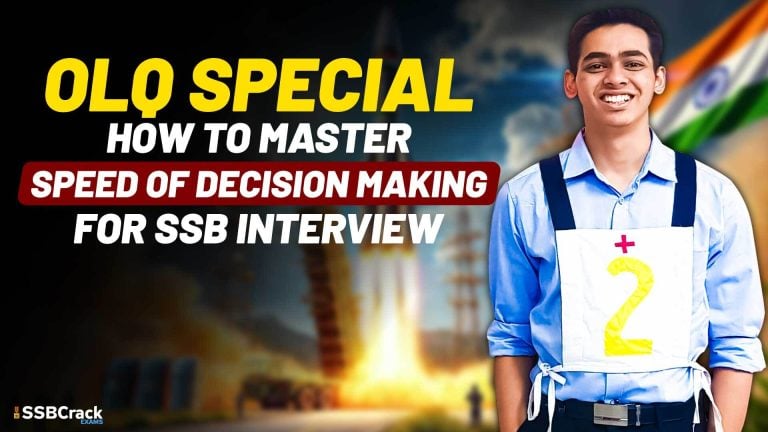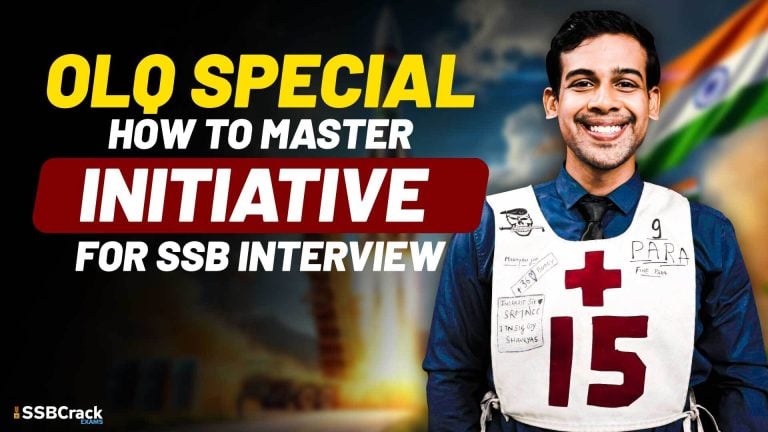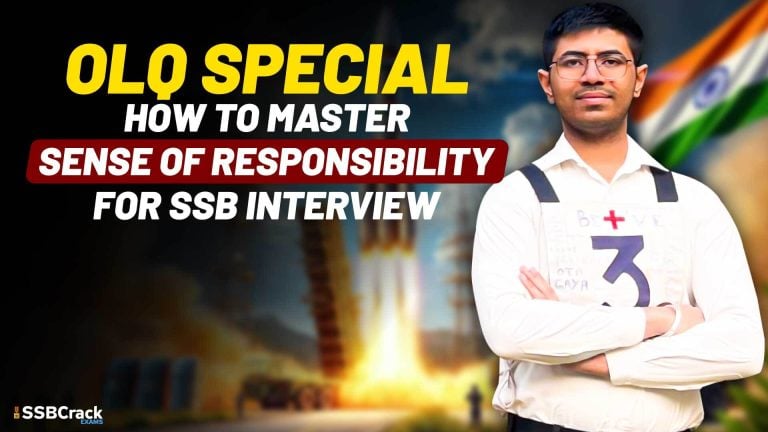For defense aspirants, the process of getting “screened in” during the Services Selection Board (SSB) interview is a paramount concern. The fear of being screened out looms large, even among seasoned repeaters. In this article, we’ll delve into the fundamental requirements and strategies needed to navigate the screening process successfully.
Understanding the Screening Process in SSB
Getting “screened in” primarily involves two components: the Officer Intelligence Rating (OIR) test and the Picture Perception and Discussion Test (PPDT).
Officer Intelligence Rating (OIR) Test
The OIR test assesses a candidate’s verbal and non-verbal reasoning abilities. With dedicated practice and access to online resources, candidates can navigate this test effectively. Various practice materials and quality test series are available online to help candidates prepare adequately.
Key Strategies for OIR
The Officer Intelligence Rating (OIR) test is a crucial part of the Services Selection Board (SSB) interview process, designed to assess candidates’ cognitive abilities, analytical skills, and problem-solving capabilities. To perform well in the OIR test and increase your chances of success in the SSB interview, it’s essential to employ effective strategies and approaches. Here are some key strategies to help you tackle the OIR test with confidence and precision:
1. Understand the Test Format and Structure
Before diving into preparation, take the time to understand the format and structure of the OIR test. Familiarize yourself with the types of questions typically included in the test, such as verbal reasoning, non-verbal reasoning, and abstract reasoning. Understanding the test layout will help you allocate your time and resources effectively during preparation.
2. Practice Regularly with Mock Tests
Regular practice is crucial for success in the OIR test. Utilize mock tests and practice papers to simulate the test environment and familiarize yourself with the types of questions you’re likely to encounter. Set aside dedicated time for practice sessions and focus on improving your speed, accuracy, and problem-solving skills.
3. Focus on Verbal Reasoning Skills
Verbal reasoning questions in the OIR test assess your ability to understand and analyze written information, as well as draw logical conclusions. Practice tasks such as analogies, antonyms, synonyms, and comprehension passages to strengthen your verbal reasoning skills. Pay attention to vocabulary, context, and inference to answer questions accurately.
1000+ Most Commonly Asked Synonyms & Antonyms For NDA CDS AFCAT Exam
4. Master Non-Verbal Reasoning Techniques
Non-verbal reasoning questions evaluate your spatial awareness, pattern recognition, and logical reasoning abilities. Familiarize yourself with common non-verbal reasoning tasks, including series completion, figure matrices, and spatial reasoning puzzles. Develop strategies for identifying patterns, sequences, and relationships among visual elements to solve problems efficiently.
Practice book for PPDT and OIR for SSB Interview
5. Enhance Abstract Reasoning Abilities
Abstract reasoning questions assess your ability to recognize patterns, identify relationships, and solve complex problems without relying on verbal or numerical information. Practice tasks such as pattern completion, logical deductions, and syllogisms to enhance your abstract reasoning abilities. Focus on identifying underlying rules and principles to arrive at logical conclusions.
6. Improve Time Management Skills
Effective time management is essential during the OIR test, as you’ll need to answer multiple questions within a limited timeframe. Practice answering questions under timed conditions to improve your speed and efficiency. Prioritize questions based on difficulty level and allocate time strategically to maximize your performance across all sections of the test.
7. Review and Analyze Your Performance
After completing practice sessions or mock tests, take the time to review your performance and identify areas for improvement. Analyze your mistakes, understand the underlying concepts, and learn from your experiences to refine your approach. Focus on strengthening your weak areas while maintaining proficiency in your strengths.
8. Stay Calm and Confident
Maintain a calm and confident demeanor during the OIR test to perform at your best. Practice relaxation techniques such as deep breathing and positive visualization to alleviate stress and anxiety. Trust in your abilities, approach each question methodically, and avoid second-guessing yourself. Stay focused and composed throughout the test to maximize your potential.
By implementing these key strategies and approaches, you can enhance your performance in the Officer Intelligence Rating (OIR) test and increase your chances of success in the SSB interview process. With diligent preparation, strategic planning, and a positive mindset, you’ll be well-equipped to tackle the challenges of the OIR test and demonstrate your suitability for officer roles in the armed forces.
Picture Perception and Discussion Test (PPDT)
The PPDT evaluates a candidate’s perceptual skills. Candidates are required to write a story based on a picture displayed for 30 seconds, followed by individual narration and group discussion. While all components are important, individual narration holds the highest significance, followed by performance in the group discussion.
Key Strategies for PPDT
To excel in the PPDT, candidates must adhere to specific strategies:
1. Observe the Image Carefully
Concentrate on the instructions provided by assessors and observe the picture displayed on the screen with full concentration. This initial observation sets the foundation for crafting a compelling story.
2. Don’t Rush to Write
Take time to analyze the picture thoroughly before attempting to construct a story. Focus on identifying the theme and main idea, as these elements form the backbone of your narrative.
3. Create a Story in Your Mind
Divide your story into three components: the events leading to the situation, the situation depicted in the image, and the potential outcome. Having a rough outline of your story beforehand helps in crafting a coherent and meaningful narrative.
10 PPDT Pictures with Stories
How To Self-Evaluate Your PPDT Stories For SSB
How To Tackle Fish Market Situation In PPDT GD In SSB
4. Narrate to Yourself
After writing your story, rehearse it mentally multiple times to build confidence. Use the time before individual narration to make any necessary revisions or adjustments to your story.
5. Listen Attentively During Individual Narration
During individual narration, attentively listen to other candidates’ stories. Consider incorporating valuable points from their narratives into your own story, if relevant.
6. Participation in Group Discussion
Initiate the discussion if possible, but remain calm if unable to do so. Listen to other candidates’ contributions and identify common themes to build upon during the discussion. Avoid repetitive points and focus on facilitating consensus within the group.
7. Stay Calm and Focused
Avoid dwelling on the potential outcome during the performance. Maintain composure, hold your nerve, and immerse yourself in the process without succumbing to anxiety or pressure.
Conclusion
Achieving success in the screening process requires a combination of preparation, strategy, and composure. By understanding the key components of the OIR test and PPDT, and implementing targeted strategies, candidates can increase their chances of getting “screened in” during the SSB interview. Remember to stay focused, confident, and adaptable throughout the process, as these qualities are indicative of the leadership traits sought after in aspiring officers.
FAQs
1. What does it mean to be “screened in” during the SSB interview?
Being “screened in” refers to successfully passing the initial screening stage of the Services Selection Board (SSB) interview process. Candidates who are screened in proceed to the subsequent stages of the interview, while those who are screened out are disqualified from further participation.
2. What are the key components of the screening process in SSB?
The screening process in SSB primarily comprises two components: the Officer Intelligence Rating (OIR) test and the Picture Perception and Discussion Test (PPDT). These tests assess candidates’ cognitive abilities, perceptual skills, and communication capabilities.
3. How can I prepare for the OIR test?
Preparing for the OIR test involves practicing various types of verbal and non-verbal reasoning questions. Candidates can utilize online resources, study materials, and practice tests to familiarize themselves with the format and content of the test. Consistent practice and self-assessment are essential for success in the OIR test.
4. What is the PPDT, and how should I approach it?
The Picture Perception and Discussion Test (PPDT) requires candidates to write a story based on a picture displayed for 30 seconds, followed by individual narration and group discussion. To excel in the PPDT, candidates should observe the picture carefully, take time to analyze it, create a coherent story, rehearse their narration, and actively participate in the group discussion.
5. How important is individual narration in the PPDT?
Individual narration holds significant importance in the PPDT, as it allows candidates to showcase their perceptual skills, creativity, and communication abilities. A well-structured and compelling narration sets the stage for a successful performance in the group discussion and reflects positively on the candidate’s overall suitability for officer roles.
6. What should I do if I feel nervous during the screening process?
If you experience nervousness during the screening process, it’s essential to stay calm and composed. Practice relaxation techniques such as deep breathing and positive visualization to alleviate anxiety. Focus on the task at hand, maintain confidence in your abilities, and approach each component of the screening process with a positive mindset.
7. How can I increase my chances of getting “screened in” during the SSB interview?
To increase your chances of getting “screened in” during the SSB interview, focus on comprehensive preparation, effective time management, and confident execution of tasks. Prioritize understanding the evaluation criteria, practice mock tests, hone your communication skills, and cultivate a positive attitude towards challenges. Remember to stay adaptable, resilient, and committed to showcasing your potential as a future officer.


